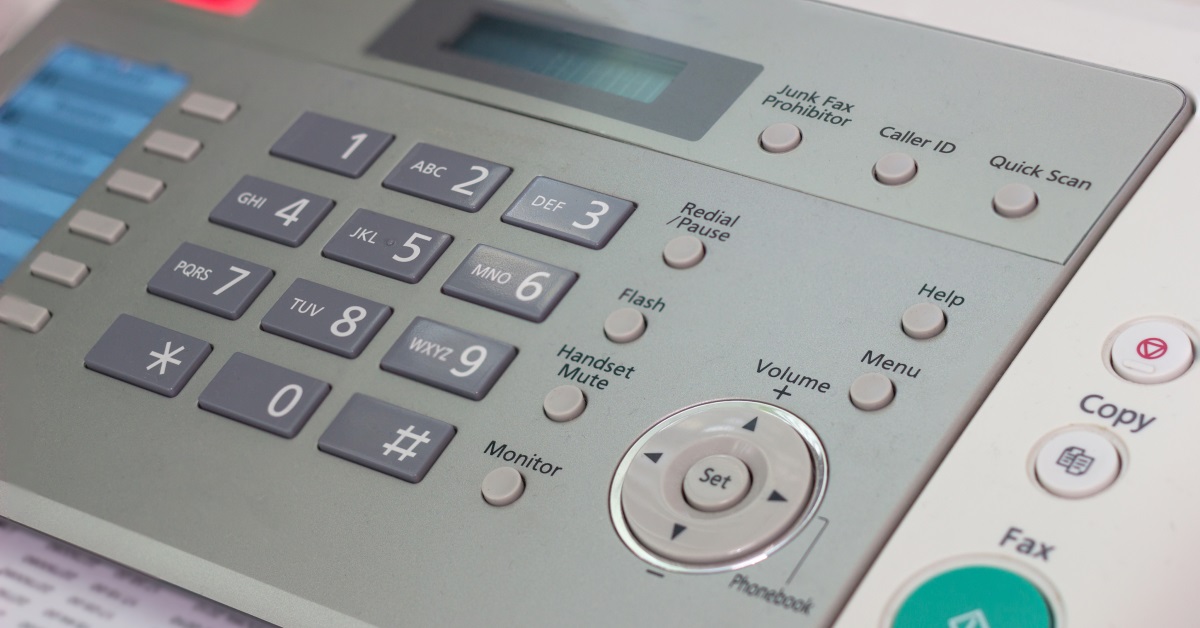Despite the rise of texting and instant messaging, phone use is still alive and well. The average person makes or receives eight voice calls each day, which adds up to more than 2.4 billion phone calls across the United States.

Despite the rise of texting and instant messaging, phone use is still alive and well. The average person makes or receives eight voice calls each day, which adds up to more than 2.4 billion phone calls across the United States.

It’s no longer a secret that effective communication is crucial for businesses to thrive. One of the most critical channels of communication is the humble phone call. Despite the rise of digital communication platforms, phone calls remain a vital means of connecting with customers, resolving issues, and building relationships. However, the quality of these calls can make or break a customer’s experience. In this article, we’ll delve into the world of phone call quality, exploring its importance, factors that affect it, and strategies for improvement.

The concept of call center technology has evolved over time, and it’s difficult to pinpoint an exact date or year when it was born. From the first automatic call distributors (ACDs) introduced in the 1960s, call centers have improved business outcomes for companies across all industries.

Fax machines continue to play a valuable role in the modern workplace. While usage varies by industry, many companies still fax important documents because this method is known to be private and secure. One study found 7 in 10 hospitals use fax machines to send sensitive patient data to stay compliant with HIPAA regulations. However, fax technology is modernizing and improving. One advancement that can benefit countless organizations is Fax over IP (FoIP) technology. Learn more about the eFax services and how they can support your business operations.

The history of human communication is a fascinating journey. It started from very basic forms and progressed to sophisticated systems. We now have information at the tip of our fingers. It’s challenging to fathom the days when messenger pigeons were a means of communication. For younger generations, even the traditional landline phone is a mystery. Adorned with its sizable rotary dial, it appears like a relic from a history book. So what is a PBX phone system? And how do Unified Communications platforms enhance our professional lives today?

Communication drives your business forward. Client and vendor inquiries begin through phone conversations. Teams regularly meet in conference calls to examine information and brainstorm ideas. Establishing a clear communication process helps your employees increase their productivity. In order to build such a process, you need a Unified Communications and Collaboration platform, SIP trunking, DIDs and internet access.

Voice over Internet Protocol (VoIP) lets users make phone calls over the internet. It’s an alternative to traditional phone lines and mobile. These services allow you to use your existing work phone with new VoIP configurations. Here’s how to setup VoIP for your company to harness all the advantage it offers.

Software-as-a-service (SaaS) companies create ready-made solutions for digital challenges. Instead of enterprises designing their own tools and applications, SaaS companies offer their products hosted in the cloud. A variety of models in the form of as-a-service have emerged in the past decade. One prominent example is Unified Communications as a Service, commonly referred to as UCaaS.

This article is a beginner’s guide to VoIP. Reading forward, you will find out what is a VoIP phone number. You will understand why so many businesses prefer VoIP over the old PSTN telephony. You will get familiarized with the terminology, discuss the differences between fixed and non-fixed VoIP and the benefits of each. Finally, you will find the answer to the most frequently asked questions. We hope that, by the time you are done reading, you will find it easier to determine if your business needs a VoIP phone number. And also you’ll find out how to choose the best service provider to meet your needs.

If there’s one lesson the pandemic taught business owners this year, it’s that having a virtual workforce is doable across many industries and sectors. About 50 percent of surveyed companies in the United States and Canada think their employees are more productive when working from home and project this will continue in 2021, according to Talent Trends.
However, the research also indicates that another 43 percent of companies are not sure if they can adapt to a digitally enabled remote work entirely in the months ahead.
